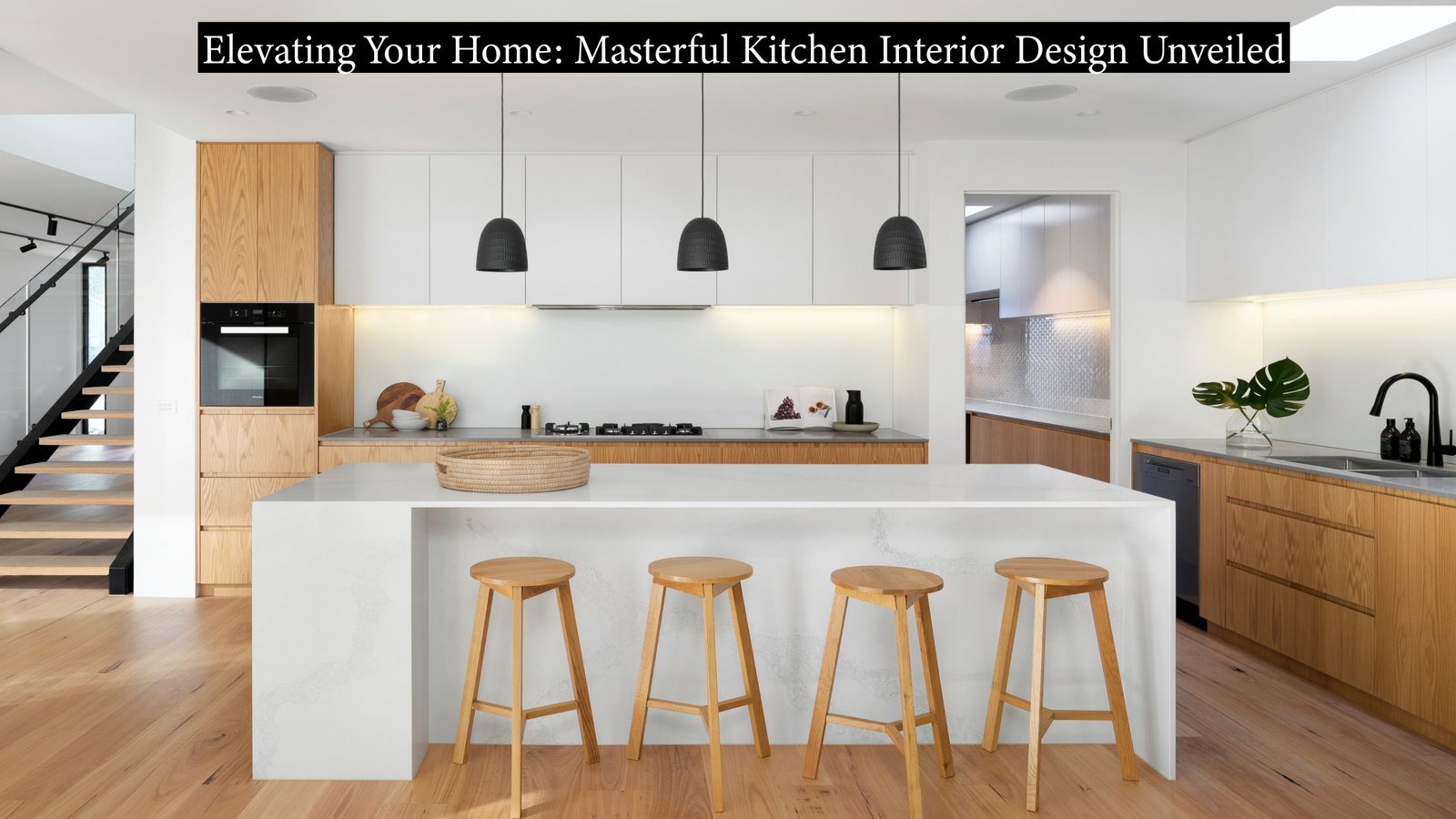In
recent years, there has been a significant shift in the world of interior
design towards sustainability and eco-friendliness. As people become more aware
of the environmental impact of their choices, they are seeking ways to create
greener homes that promote a healthier planet. Sustainable interior design
offers a solution by incorporating eco-friendly materials, energy-efficient
practices, and conscious design decisions. In this blog, we will explore the
rise of sustainable interior design and highlight some of the latest
eco-friendly trends that can help you create a greener home.
Embracing
Natural and Recycled Materials:
One of the key principles of sustainable interior design is the use of natural
and recycled materials. From reclaimed wood and bamboo flooring to recycled
glass countertops and organic textiles, there is a growing emphasis on
incorporating materials that have a minimal impact on the environment. These
materials not only add a unique and natural aesthetic to your home but also
reduce the demand for new resources, contributing to a more sustainable future.
Energy
Efficiency and Smart Home Technology:
Energy-efficient practices are at the forefront of sustainable interior design.
Incorporating energy-efficient appliances, LED lighting, and smart home
technology can significantly reduce energy consumption and lower utility bills.
Smart thermostats, automated lighting systems, and solar panels are just a few
examples of how technology can be integrated into your home to create a more
energy-efficient and sustainable living space.
Biophilic
Design and Indoor Plants: Biophilic
design aims to reconnect humans with nature by incorporating natural elements
into interior spaces. This trend involves the use of indoor plants, living
walls, natural light, and organic shapes to create a calming and rejuvenating
environment. Not only do plants improve indoor air quality, but they also bring
a touch of nature into your home, fostering a sense of well-being and connection
to the natural world.
Minimalism and Decluttering: The
minimalist approach to interior design aligns well with sustainability. By
embracing a "less is more" philosophy and decluttering your living
spaces, you can create a more sustainable home. Minimalism encourages conscious
consumption and the use of multifunctional furniture, allowing you to make the
most of your space while reducing waste and promoting a more sustainable
lifestyle.
Water Conservation and
Eco-Friendly Plumbing: Water
conservation is an integral part of sustainable interior design. Installing
low-flow fixtures, such as water-saving faucets and showerheads, can
significantly reduce water consumption without compromising functionality.
Additionally, eco-friendly plumbing systems, such as graywater recycling
systems and rainwater harvesting systems, can help you utilize water more
efficiently and reduce the strain on freshwater resources.
Conclusion: The
rise of sustainable interior design has provided homeowners with the
opportunity to create greener, healthier, and more environmentally conscious
living spaces. By embracing eco-friendly materials, energy-efficient practices,
and conscious design decisions, you can contribute to a more sustainable future
while enjoying a beautiful and functional home. Whether it's incorporating
natural and recycled materials, utilizing smart home technology, embracing
biophilic design, adopting minimalism, or implementing water conservation
measures, there are numerous eco-friendly trends to explore and integrate into
your interior design. Together, we can make a positive impact on the planet and
create a greener home for generations to come.



